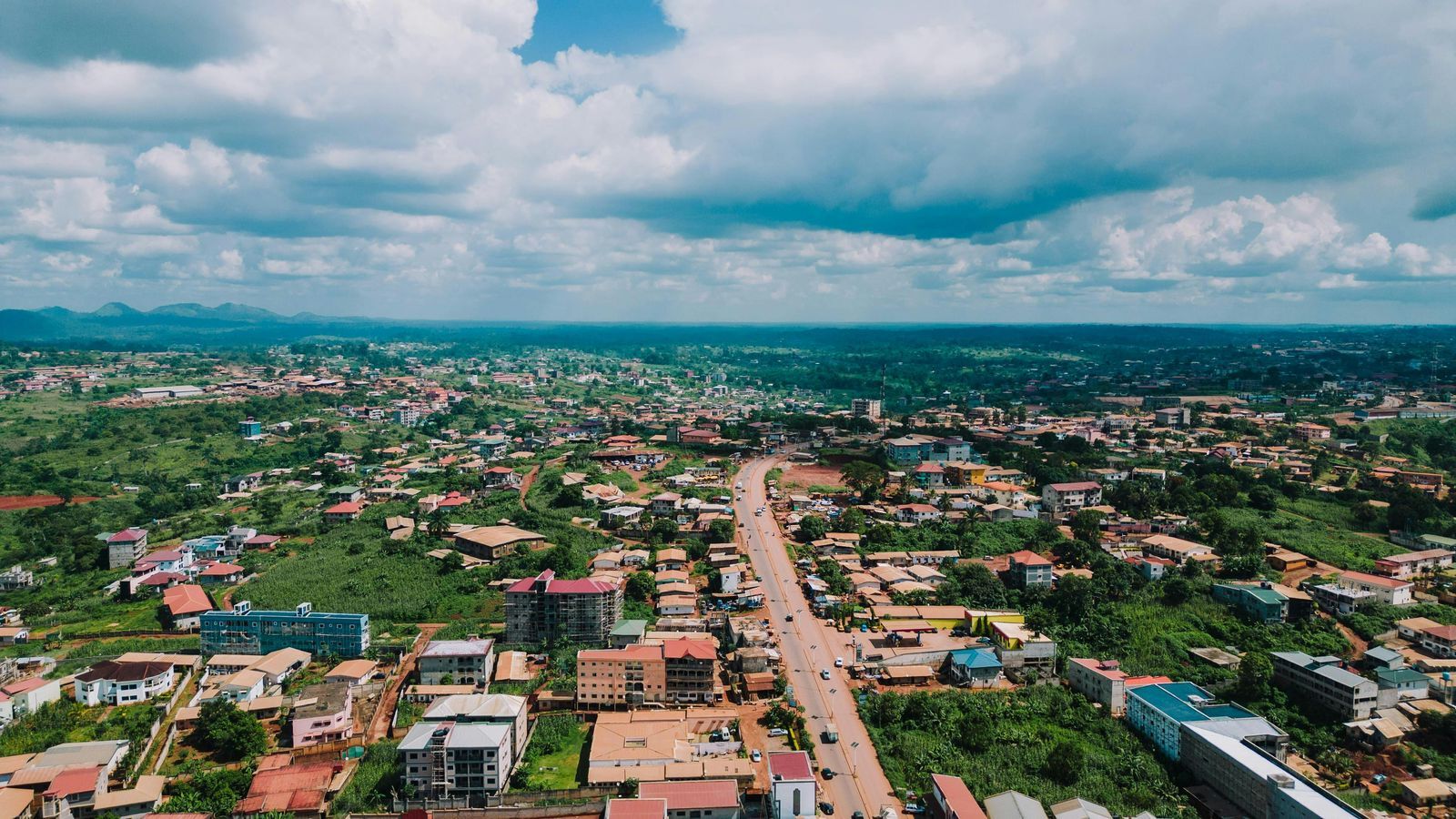
South Sudan, the world's youngest country, gained independence from Sudan on July 9, 2011. This landlocked nation in East-Central Africa boasts a rich tapestry of cultures, languages, and traditions. Despite its recent birth, South Sudan has faced numerous challenges, including civil conflict and economic struggles. However, its resilient people and abundant natural resources offer hope for a brighter future. Did you know South Sudan is home to the Sudd, one of the world's largest wetlands? Or that it has more than 60 ethnic groups, each with its own unique customs? Explore these and other intriguing facts about South Sudan to better understand this fascinating nation.
Key Takeaways:
- South Sudan, the world's youngest country, is home to diverse landscapes, including the vast savannas and the expansive Sudd wetlands, making it a unique and fascinating African nation.
- South Sudan's journey to independence was marked by long-standing civil wars, culminating in its secession from Sudan in 2011, and the country now faces economic challenges despite its natural wealth.
Geography and Landscape
South Sudan, the world's youngest country, boasts a diverse and fascinating landscape. From vast savannas to lush swamps, there's much to learn about this African nation.
- South Sudan is landlocked, bordered by Sudan, Ethiopia, Kenya, Uganda, the Democratic Republic of the Congo, and the Central African Republic.
- The White Nile, one of the two main tributaries of the Nile River, flows through South Sudan, providing vital water resources.
- The Sudd, one of the world's largest wetlands, is located in South Sudan. It covers an area larger than Belgium during the rainy season.
- South Sudan's highest point is Mount Kinyeti, which stands at 3,187 meters (10,456 feet) in the Imatong Mountains.
History and Independence
The journey to independence for South Sudan was long and tumultuous. Understanding its history provides insight into its current challenges and achievements.
- South Sudan gained independence from Sudan on July 9, 2011, making it the newest country in the world.
- The Comprehensive Peace Agreement, signed in 2005, ended the Second Sudanese Civil War and paved the way for South Sudan's independence.
- South Sudan's independence referendum in 2011 saw an overwhelming 98.83% vote in favor of secession from Sudan.
- Before independence, South Sudan experienced two prolonged civil wars, the first from 1955 to 1972 and the second from 1983 to 2005.
Culture and People
South Sudan is home to a rich tapestry of cultures and ethnic groups. Each contributes to the nation's unique identity.
- South Sudan has over 60 ethnic groups, with the Dinka and Nuer being the largest.
- English is the official language, but Arabic and various indigenous languages are also widely spoken.
- Traditional music and dance play a significant role in South Sudanese culture, often performed during ceremonies and celebrations.
- Cattle are central to many South Sudanese communities, symbolizing wealth and social status.
Wildlife and Nature
South Sudan's natural environment is teeming with wildlife. Its national parks and reserves are home to numerous species.
- Boma National Park, one of Africa's largest, spans over 22,800 square kilometers (8,800 square miles).
- The country is home to the second-largest animal migration in the world, with millions of white-eared kob, tiang, and Mongalla gazelle moving across the landscape.
- South Sudan's wildlife includes elephants, giraffes, lions, and leopards, among other species.
- The Bandingilo National Park is known for its large population of giraffes and elephants.
Economy and Resources
Despite its natural wealth, South Sudan faces significant economic challenges. Understanding its resources and economy is crucial.
- South Sudan's economy is heavily reliant on oil, which accounts for nearly 98% of its government revenue.
- The country has vast agricultural potential, with fertile land suitable for farming and livestock rearing.
- South Sudan is rich in natural resources, including gold, diamonds, and other minerals.
- The country faces significant infrastructure challenges, with many areas lacking basic services like clean water and electricity.
Final Glimpse at South Sudan
South Sudan, a land of rich culture and history, offers a unique blend of traditions and modern challenges. From its diverse ethnic groups to its abundant natural resources, this young nation has much to offer. Despite facing significant hurdles like political instability and economic struggles, the resilience of its people shines through. The country's vibrant music, dance, and art scenes reflect a deep-rooted cultural heritage. Wildlife enthusiasts can marvel at the vast array of species in its national parks. Understanding South Sudan's complexities helps appreciate its journey and potential. Whether you're intrigued by its history or captivated by its natural beauty, South Sudan remains a fascinating subject. Keep exploring, learning, and sharing these facts to broaden your knowledge and appreciation of this remarkable country.
Frequently Asked Questions
Was this page helpful?
Our commitment to delivering trustworthy and engaging content is at the heart of what we do. Each fact on our site is contributed by real users like you, bringing a wealth of diverse insights and information. To ensure the highest standards of accuracy and reliability, our dedicated editors meticulously review each submission. This process guarantees that the facts we share are not only fascinating but also credible. Trust in our commitment to quality and authenticity as you explore and learn with us.


